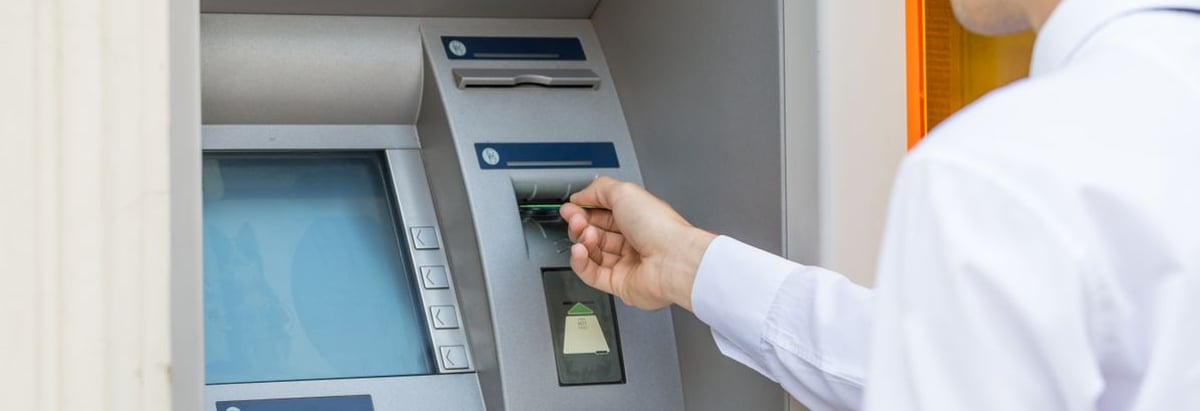
As a small-cap bank stock with a market capitalisation of zł25b, ING Bank Slaski S.A.’s (WSE:ING) risk and profitability are largely determined by the underlying economic growth of the PL regions in which it operates. Since a bank profits from reinvesting its clients’ deposits in the form of loans, negative economic growth may lower deposit levels and demand for loan, adversely impacting its cash flow. Post-GFC recovery brought about a new set of reforms, Basel III, which was created to improve regulation, supervision and risk management in the financial services industry. Basel III target banking regulations to improve the sector’s ability to absorb shocks resulting from economic stress which may expose financial institutions like ING Bank Slaski to vulnerabilities. Since its financial standing can unexpectedly decline in the case of an adverse macro event such as political instability, it is important to understand how prudent the bank is at managing its risk levels. Strong management of leverage and liquidity could place the bank in a protected position at the face of macro headwinds. We can gauge ING Bank Slaski’s risk-taking behaviour by analysing three metrics for leverage and liquidity which I will take you through now.
Check out our latest analysis for ING Bank Slaski

Why Does ING's Leverage Matter?
A low level of leverage subjects a bank to less risk and enhances its ability to pay back its debtors. Leverage can be thought of as the amount of assets a bank owns relative to its shareholders’ funds. Financial institutions are required to have a certain level of buffer to meet capital adequacy levels. ING Bank Slaski’s leverage level of 11.03x is very safe and substantially below the maximum limit of 20x. With assets 11.03 times equity, the banks has maintained a prudent level of its own fund relative to borrowed fund which places it in a strong position to pay back its debt in times of adverse events. If the bank needs to increase its debt levels to firm up its capital cushion, there is plenty of headroom to do so without deteriorating its financial position.How Should We Measure ING's Liquidity?
 As abovementioned, loans are quite illiquid so it is important to understand how much of these loans make up ING Bank Slaski’s total assets. Generally, they should make up less than 70% of total assets, but its current level of 74% means the bank has lent out 4.04% above the sensible upper limit. This indicates that revenue is dependent on this particular asset but also the bank is more likely to be exposed to default compared to its competitors with less loans.
As abovementioned, loans are quite illiquid so it is important to understand how much of these loans make up ING Bank Slaski’s total assets. Generally, they should make up less than 70% of total assets, but its current level of 74% means the bank has lent out 4.04% above the sensible upper limit. This indicates that revenue is dependent on this particular asset but also the bank is more likely to be exposed to default compared to its competitors with less loans. Does ING Have Liquidity Mismatch?
Banks operate by lending out its customers’ deposits as loans and charge a higher interest rate. These loans tend to be fixed term which means they cannot be readily realized, conversely, on the liability side, customer deposits must be paid in very short notice and on-demand. The disparity between the immediacy of deposits compared to the illiquid nature of loans puts pressure on the bank’s financial position if an adverse event requires the bank to repay its depositors. Since ING Bank Slaski’s loan to deposit ratio of 89% is within the sensible margin, below than the appropriate maximum of 90%, this level positions the bank cautiously in terms of liquidity as it has not disproportionately lent out its deposits and has retained an apt level of deposits.Next Steps:
Passing two of the three checks for liquidity and leverage demonstrates a relatively sensible operational risk management by the bank. This means it is well-placed to meet its financial obligations in the case of any adverse and unpredictable macro events. Keep in mind that a stock investment requires research on more than just its operational side. Below, I've compiled three important factors you should further research:
- Future Outlook: What are well-informed industry analysts predicting for ING’s future growth? Take a look at our free research report of analyst consensus for ING’s outlook.
- Valuation: What is ING worth today? Has the future growth potential already been factored into the price? The intrinsic value infographic in our free research report helps visualize whether ING is currently mispriced by the market.
- Other High-Performing Stocks: Are there other stocks that provide better prospects with proven track records? Explore our free list of these great stocks here.
To help readers see past the short term volatility of the financial market, we aim to bring you a long-term focused research analysis purely driven by fundamental data. Note that our analysis does not factor in the latest price-sensitive company announcements.
The author is an independent contributor and at the time of publication had no position in the stocks mentioned. For errors that warrant correction please contact the editor at editorial-team@simplywallst.com.
Simply Wall St analyst Simply Wall St and Simply Wall St have no position in any of the companies mentioned. This article is general in nature. We provide commentary based on historical data and analyst forecasts only using an unbiased methodology and our articles are not intended to be financial advice. It does not constitute a recommendation to buy or sell any stock and does not take account of your objectives, or your financial situation. We aim to bring you long-term focused analysis driven by fundamental data. Note that our analysis may not factor in the latest price-sensitive company announcements or qualitative material.
About WSE:ING
ING Bank Slaski
Together with our subsidiaries, provides various banking products and services for retail clients and businesses in Poland.
Established dividend payer with adequate balance sheet.
Market Insights
Community Narratives



